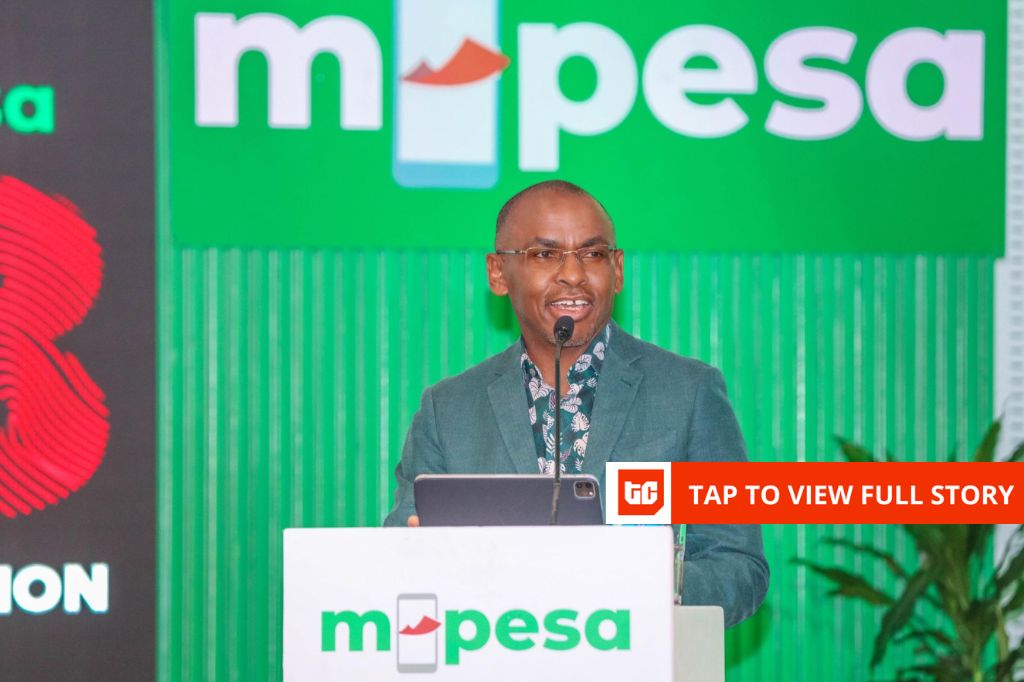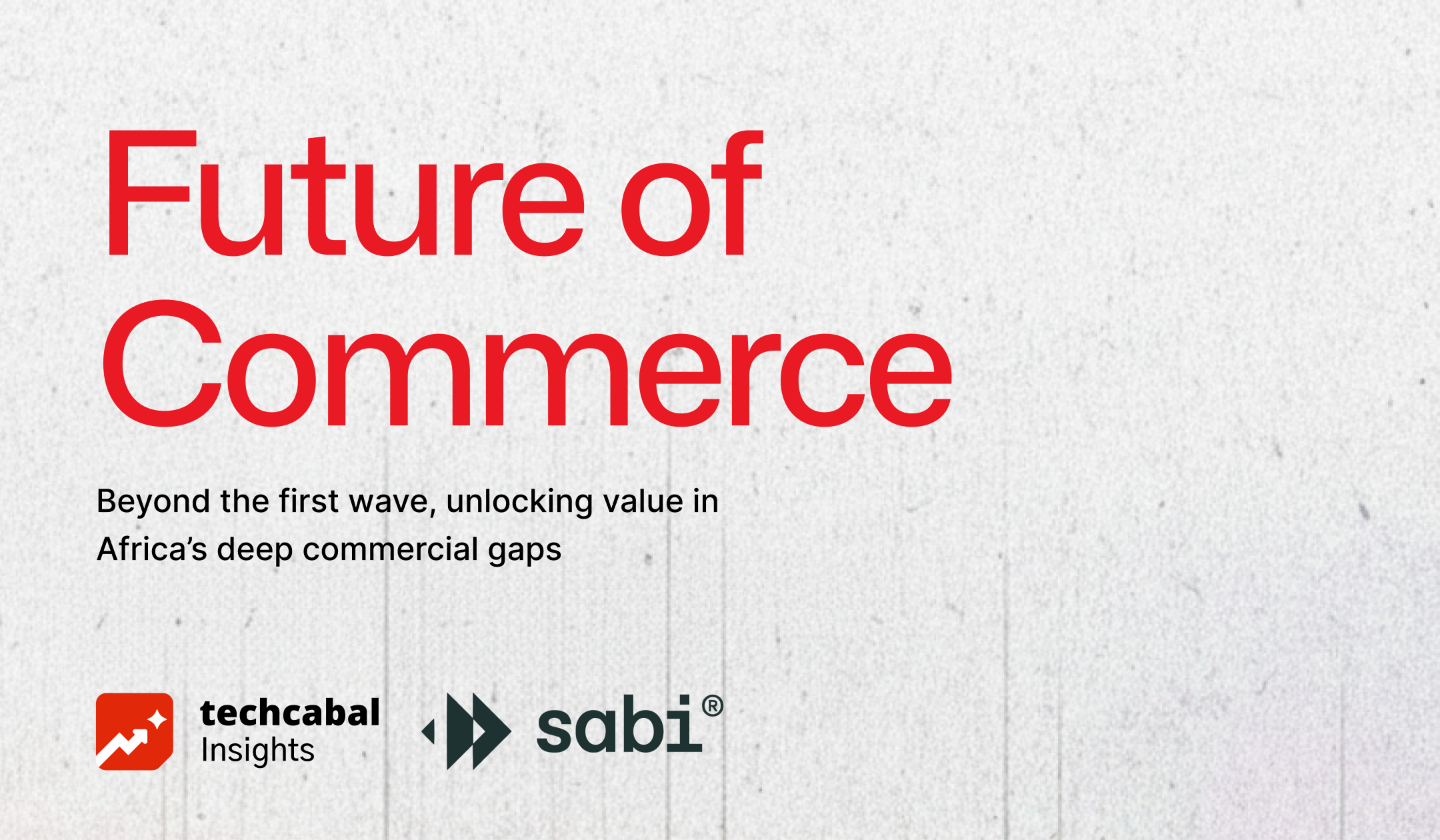Safaricom, Kenya’s telecom giant that occasionally moonlights as an unofficial bank (M-P-ESA, ahem), just dropped a public notice that should make every corporate treasurer in the region deeply envious, or not. The headline figure is KES 40 billion, approved for a Medium-Term Note (MTN) program.
KES 40 billion is the largest corporate debt plan in the nation’s history, which immediately tells you two things.
1. The capital expenditure Safaricom needs to maintain dominance is truly astronomical. We’re talking about continuous 5G upgrades, network hardening, and, crucially, funding the massive expansion into Ethiopia (it is also trying to break into profits in Ethiopia ever since it launched there in 2022). These aren’t projects you pay for with short-term bank loans.
2. Safaricom may have no interest in the administrative nightmare of registering a new traditional bond every time it needs a substantial capital injection.
Next Wave continues after this ad.
This is where the humble MTN comes in, which is technically a superior financial architecture.
A friend of mine at Citibank, who asked not to be named to avoid issues with his employer, argues that traditional bond forces the issuer to run a full process each time it needs funding, while an MTN lets the issuer set up the structure once and tap it whenever required.
An MTN program lets Safaricom register the entire KES 40 billion debt capacity with the regulator, the Capital Markets Authority (CMA). Once the program is registered, Safaricom can issue notes in various “tranches” (such as the upcoming Tranche 1) when market conditions are favourable or its treasury department needs a specific amount of cash.
This is the financial equivalent of a modular power strip, which can be viewed in the following ways.
1. If Safaricom needs funding for a five-year equipment lease, it can issue a five-year tranche.
2. If it wants to lock in rates for a major data centre build, it can issue a ten-year tranche.
3. What happens if interest rates drop next year? The telco can structure the notes with a call option that can allow Safaricom to retire expensive debt early and refinance at a lower rate.
Safaricom gets “stable and predictable financing for growth,” avoiding the uncertainty and higher costs of relying solely on periodic negotiations with commercial banks, meaning it is essentially telling the market that it knows its long-term funding needs, and is now establishing a platform to meet them consistently over the next couple of years.
Next Wave continues after this ad.
Now, for the exciting part: Safaricom explicitly included the option to issue “green notes, social notes or sustainability notes”
Why bother with this headache? Well, because ESG (environmental, social, governance) capital is a segregated pool, and it is massive. Global institutional investors, the pension funds and asset managers that will ultimately buy this debt, have mandates to purchase sustainable securities.
There are a few things that Safaricom can achieve by aligning tranches of this debt with verifiable ESG standards. First, it can expand the buyer base by attracting international funds that might otherwise ignore a regional corporate bond. Secondly, it can secure the “greenium.” Anecdotal evidence in some emerging markets suggests certified ESG bonds can achieve lower borrowing costs than non-certified counterparts. If Safaricom can secure a 5 or 10 basis point saving on KES 40 billion, that’s a real number.
The consequence of this choice is that Safaricom is voluntarily subjecting itself to strict “use of proceeds” reporting. It can’t just spend the money on anything because it has to track and report the social and environmental impact. That’s a major commitment, and it forces a level of transparency few other corporates in Kenya can match.
Next Wave continues after this ad.
The market’s new benchmark
This KES 40 billion issuance is a signal to the capital market. Following the successful MTN by East African Breweries, Safaricom is further validating the depth of institutional liquidity in Kenya.
Safaricom’s credit quality is so strong that this debt will become a key non-sovereign reference rate for medium-term Kenyan shilling debt.
Safarcicom is using the high-friction model of episodic bank lending to replicate the low-friction mechanism of global capital markets. And it is doing it with green notes, which is the perfect signal for a company that wants to dominate the next era of digital and sustainable infrastructure.
Everyone else in the region should take note.
Kenn Abuya
Senior Reporter, .
Feel free to email kenn[at]bigcabal.com, with your thoughts about this edition of NextWave. Or just click reply to share your thoughts and feedback.
We’d love to hear from you
Psst! Down here!
Thanks for reading today’s Next Wave. Please share. Or subscribe if someone shared it to you here for free to get fresh perspectives on the progress of digital innovation in Africa every Sunday.
As always feel free to email a reply or response to this essay. I enjoy reading those emails a lot.
TC Daily newsletter is out daily (Mon – Fri) brief of all the technology and business stories you need to know. Get it in your inbox each weekday at 7 AM (WAT).
Follow on Twitter, Instagram, Facebook, and LinkedIn to stay engaged in our real-time conversations on tech and innovation in Africa.










